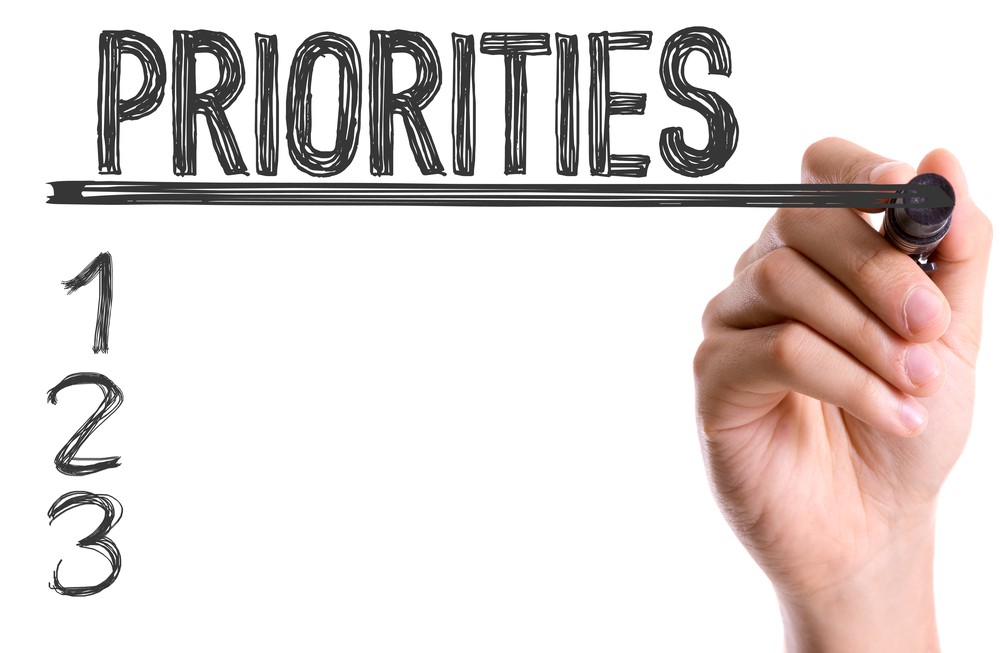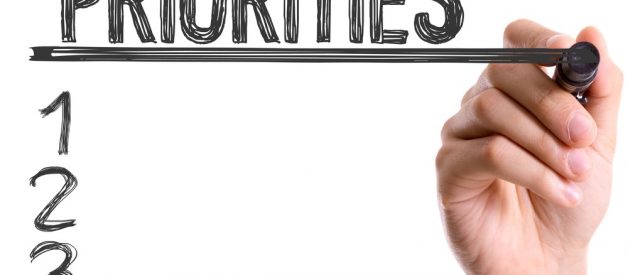
Prioritization is a perennial challenge when building a product roadmap. How do you decide what to work on first?
If you?ve put the effort into brainstorming new ideas, finding opportunities for improvement, and collecting feedback, you?ll have a solid product roadmap full of good ideas. But the order in which you tackle those ideas deserves just as much thought. You need to take the time to prioritize well.
Product managers need special methods and techniques for determining priorities and getting great business results. There are dozens of popular methodologies. RICE score model is one of the most simple and convenient models for product manager?s needs.
The RICE scoring model is a framework designed to help product managers determine which products, features, and other initiatives to prioritize on their roadmaps by scoring these items according to four factors. These factors, which form the acronym RICE, are: Reach, Impact, Confidence and Effort.
Using a scoring model such as RICE can offer product teams a three-fold benefit. It can enable product managers to make better-informed decisions, minimize personal biases in decision making, and help them defend their priorities to other stakeholders such as the executive staff.
To use the RICE scoring model, you evaluate each of your competing ideas (new products, product extensions, features, etc.) by scoring them according to the following formula:

Reach. The first factor in determining your RICE score is to get a sense of how many people you estimate your initiative will reach in a given timeframe.
You have to decide both what ?reach? means in this context and the timeframe over which you want to measure it. You can choose any time period ? one month, a quarter, etc. ? and you can decide that reach will refer to the number of customer transactions, free-trial signups, or how many existing users try your new feature.
Your reach score will be the number you?ve estimated. If you expect your project will lead to 150 new customers within the next quarter, then your reach score is 150. If you estimate your project will deliver 1,200 new prospects to your trial-download page within the next month, and that 30% of those prospects will sign up, then your reach score is 360.
Impact can reflect a quantitative goal, such as how many new conversions for your project will result in when users encounter it, or a more qualitative objective such as increasing customer delight.
Even when using a quantitative metric (?How many people who see this feature will buy the product??), measuring impact will be difficult, because you won?t necessarily be able to isolate your new project as the primary reason (or even a reason at all) for why your users take action. If measuring the impact of a project after you?ve collected the data will be difficult, you can assume that estimating it beforehand will also be a challenge.
Work with a five-tiered scoring system for estimating a project?s impact can help you with this task:
- 3 = massive impact
- 2 = high impact
- 1 = medium impact
- .5 = low impact
- .25 = minimal impact
Confidence. The confidence component of your RICE score helps you control for projects in which your team has data to support one factor of your score but is relying more on intuition for another factor.
For example, if you have data backing up your reach estimate but your impact score represents more of a gut feeling or anecdotal evidence, your confidence score will help account for this.
As it did with impact, Intercom created a tiered set of discrete percentages to score confidence, so that its teams wouldn?t get stuck here trying to decide on an exact percentage number between 1 and 100. When determining your confidence score for a given project, your options are:
- 100% = high confidence
- 80% = medium confidence
- 50% = low confidence
If you arrive at a confidence score below 50%, consider it a ?moonshot? and assume your priorities need to be elsewhere.
Effort. All of the factors we have discussed to this point: Reach, Impact and Confidence, represent all the potential benefits while effort is the single score that represents the cost.
To move quickly and have impact with the least amount of effort, estimate the total amount of time a project will require from all members of your team: product, design, and engineering.
Effort is estimated as a number of ?person-months?, the work that one team member can do in a month. Unlike the other positive factors, more effort is a bad thing, so it divides the total impact.
Quantifying effort in this model is similar to scoring reach. You simply estimate the total number of resources needed to complete the initiative over a given period of time, typically ?person-months?, and that is your score.
In other words, if you estimate a project will take a total of three person-months, your effort score will be 3. Anything less than a month as a 0.5
A prioritization framework such as RICE will help you make better-informed decisions about what to work on first and defend those decisions to others. Give RICE a try in your own prioritization process and let us know how it works for you.
So, to quickly summarize the four factors:
Reach: How many people will this impact? (Estimate within a defined time period.)Impact: How much will this impact each person? (Massive = 3x, High = 2x, Medium = 1x, Low = 0.5x, Minimal = 0.25x.)Confidence: How confident are you in your estimates? (High = 100%, Medium = 80%, Low = 50%.)Effort: How many ?person-months? will this take? (Use whole numbers and minimum of half a month.)
The resulting score measures ?total impact per time worked?, exactly what we?d like to maximize.
The RICE scoring model can help a product team quickly create a consistent framework for objectively evaluating the relative importance or value of a number of different project ideas. If you have struggled with the other prioritization models, RICE might be worth a try in your organization.
Other articles about Management and Prioritization:
Management: Comparison Between Popular Prioritization Methods
Management: Comparison Between Kano, Walking Skeleton, MoSCoW, Product Tree, Purpose Alignment and RICE
medium.com
Management: Kano the customer-driven prioritization technique
The Kano technique was created by the Japanese researcher Noriaki Kano in the 1980s.
medium.com
Management: Walking Skeleton the simple prioritization technique for MVPs
A Walking Skeleton is a very minimal but working product that is usually ready for user testing.
medium.com
Management: MoSCoW the simple prioritization technique for small products
MoSCoW prioritization is a popular prioritization technique for managing requirements.
medium.com
Management: The Product Tree Prioritization Framework
The Product Tree Prioritization Framework, also known as Pruning the Product Tree, is a collaborative innovation game.
medium.com
Management: The Purpose Alignment Prioritization Model
The Purpose Alignment Model is used to help people prioritize work based on purpose. It helps us define the purpose of?
medium.com
Via:


